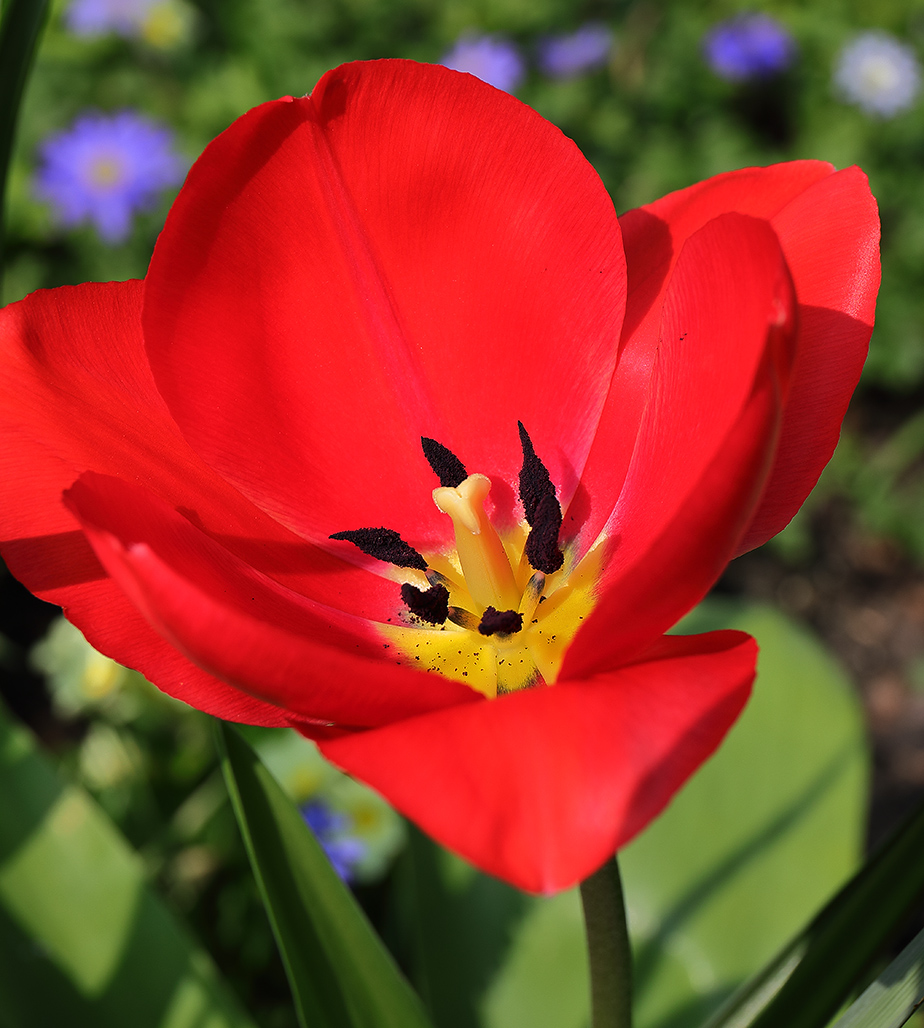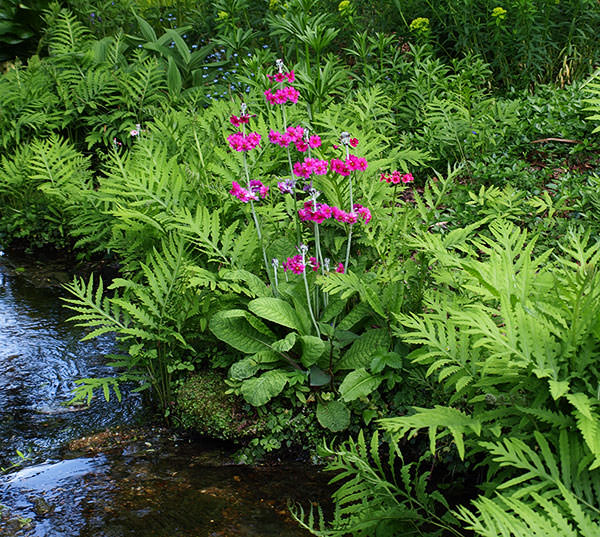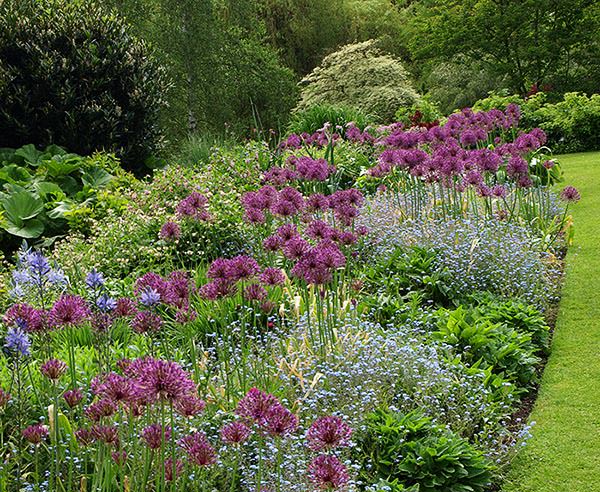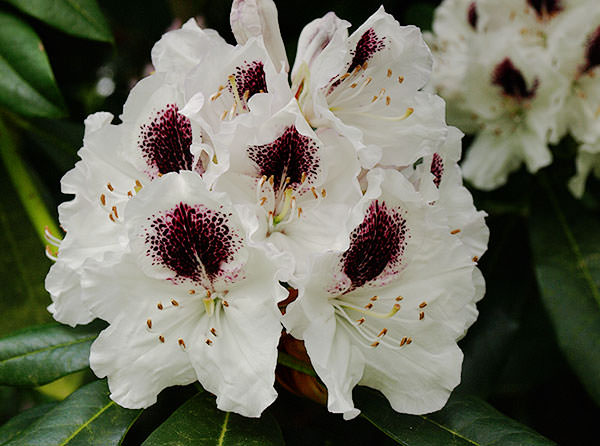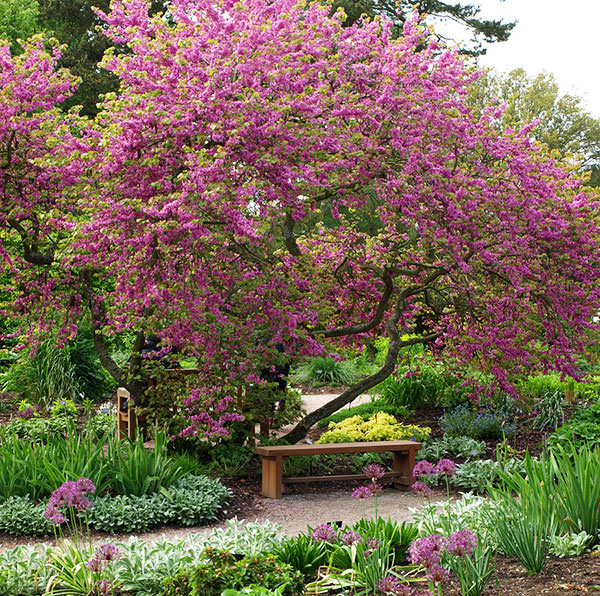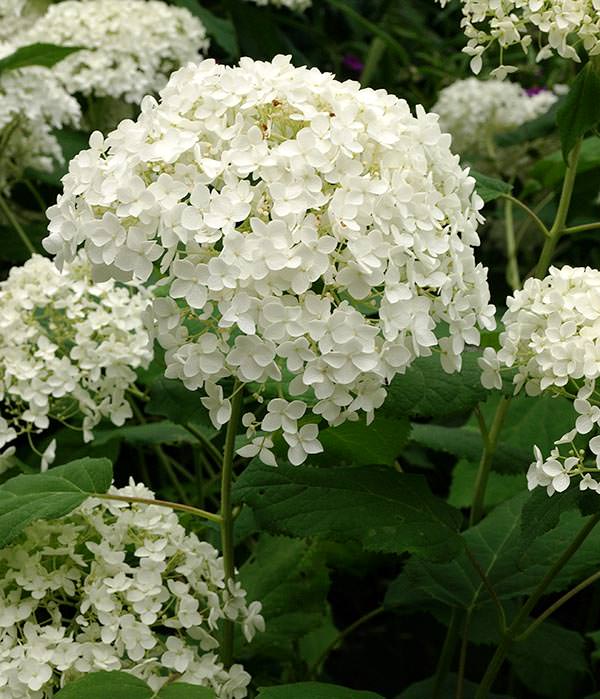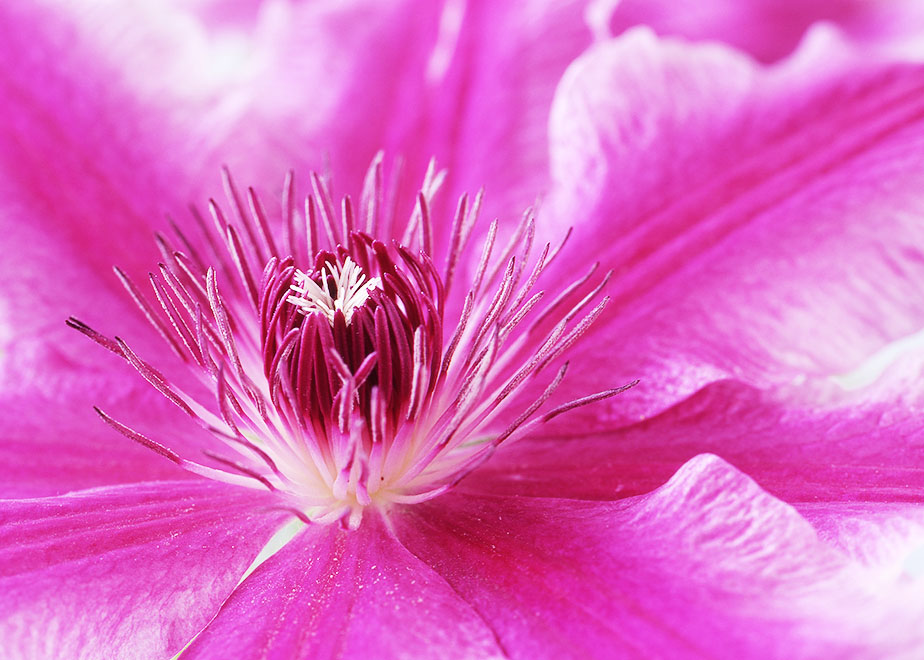The scale of changes since this time last year is something I’m still struggling to take in. But, despite everything that Covid 19 is doing to us, spring is coming, growth is beginning, and flowers are blooming.
At a time when most of us expect to be enjoying the outdoors, we’re having to occupy ourselves indoors. So this may be a good time to share more of the blogs I enjoy reading.
Last week’s post with my recommendations for WordPress blogs didn’t allow space for all of my favourites (some of which are not on WP). If you have time to fill, I hope you’ll find some of these enjoyable. They are all art and creative-themed blogs, which I find both engaging and inspiring.
The first two blogs I want to mention have similar themes of artists’ books, textile art, and print. Stephanie Redfern shares her richly-layered work which combines a number of elements including fabric collage and her very delicate pieces of porcelain. Scroll down to the middle of her second post on ‘Books’ and you’ll see the beautiful pages Stephanie created with porcelain ginkgo biloba leaves and moths, along with her own poem.
The work of Annwyn Dean appeals to me greatly because it combines printmaking and artist’s books with great detail and delicacy. I had hoped to see Annywn’s work at the Turn the Page Artists’ Book Fair in Norwich in May – well, maybe next year!
I also find Stephanie Devaux Textus a most enjoyable blog to look at. (It’s written in french, but it is mostly photographs and Google translate takes care of what text there is.) It’s a lovely mix of book art, calligraphy and some textile art – worth a look!
There’s plenty of good reading, as well as beautiful mixed-media and textile art art on Rachael Singleton’s ‘Folio and Fibre’ (Scroll down the page and you’ll see her ‘Mussel House’ – a piece with the most delicious colours and textures.)
My final recommendation is a bit different to the others because it’s mostly about painting. But it also has a lot to say about every aspect of creativity and it’s one of the most helpful and inspiring sites I’ve ever come across – Nicholas Wilton’s ‘Art2Life’ blog. As a photographer, I’ve found what Nick has to say very useful and you never know, maybe I’ll actually try painting some day. (He runs courses for artists but is very generous with the free teaching he gives through Facebook and through his blog.)
I hope that you’ll find something interesting amongst the blogs here that will keep you entertained for a while. Stay home and stay safe!
